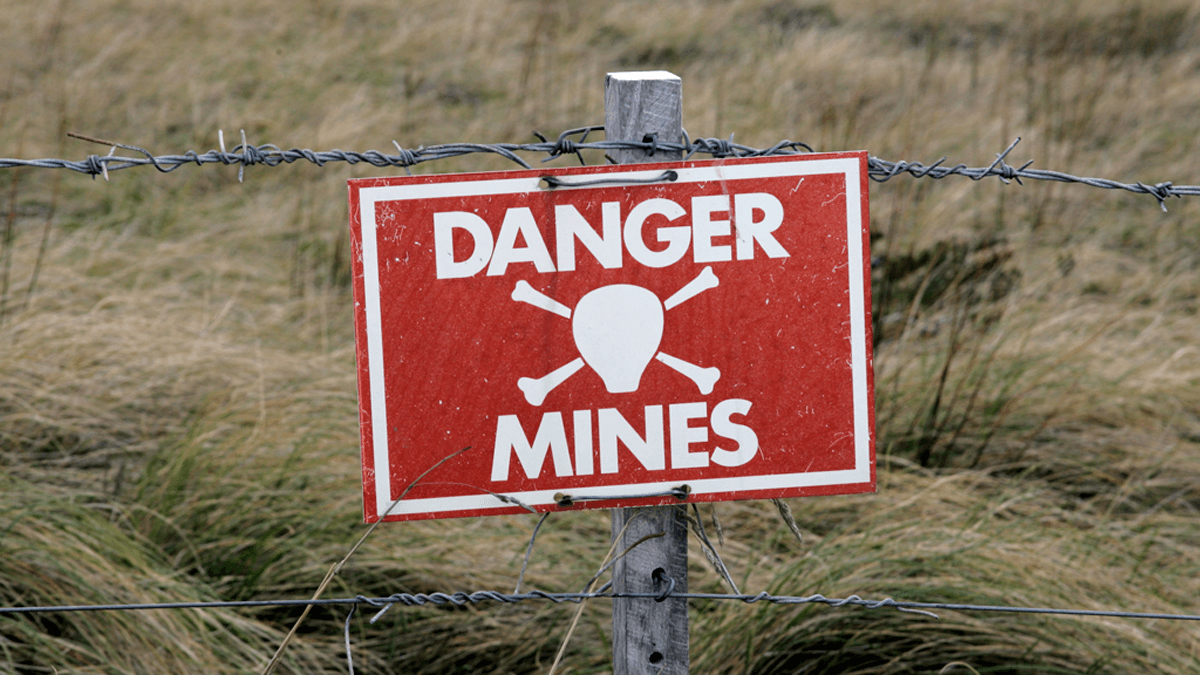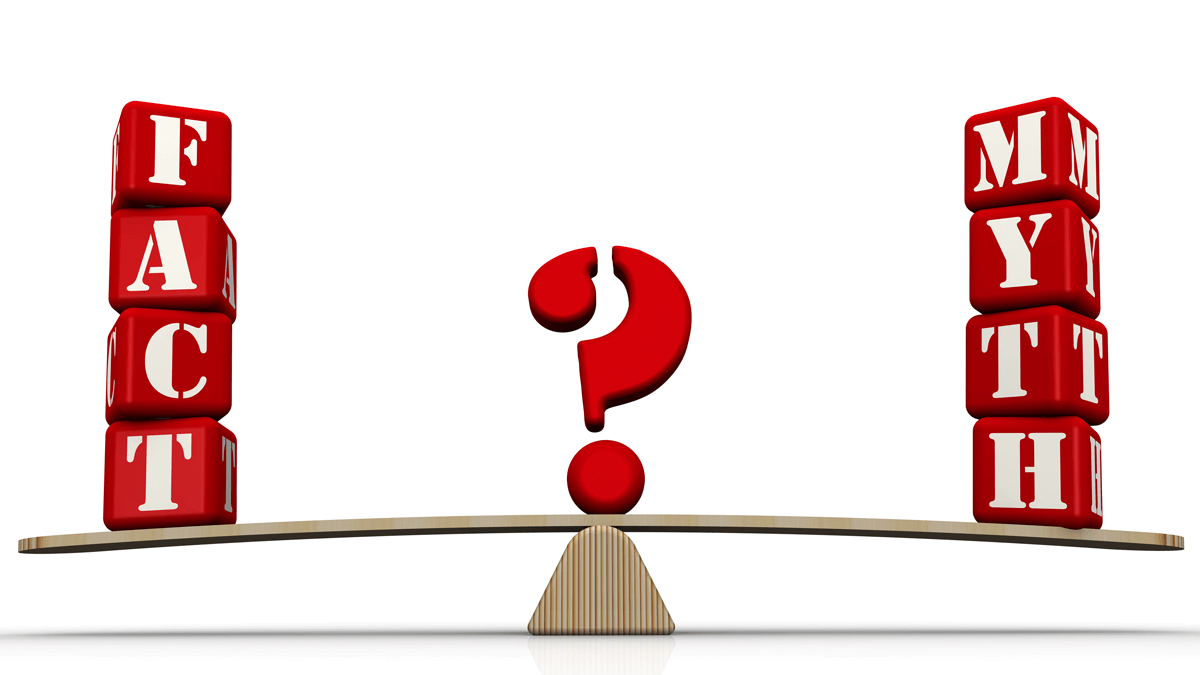Qualitative interviews are important, but if you don’t continue with quantitative interviews you may still struggle with new product innovation. Many B2B producers use AIM’s preference interviews to generate Market Satisfaction Gaps for customer outcomes. A Gap over 30% indicates the market segment is eager to see improvement. ... Read More
Blog Category: New Product Value/Pricing
Once your new product is launched, the pricing insight window slams shut.
Customers will help you set prices before—but not after—you launch your new product. They want you to develop innovative new products and services that deliver value to them… so they’ll give you insights to make this happen. These same insights allow you to establish optimal pricing. Do you know how to do this? It will be too late after you launch your product.
More in 2-minute video at 34. Use value calculators to establish pricing
Beyond Incremental New Products: Avoid the Commodity Death Spiral
Learn these six ways to avoid the Commodity Death Spiral that short-term-thinking business leaders fall into: 1) Take ownership of your future. 2) Measure your progress. 3) Change your time horizon. 4) Work on high-impact products. 5) Get out more. 6) Directly engage your customers. ... Read More
The Science behind B2B Value Propositions
The strongest value propositions examine key customer outcomes at 9 levels (the essence of New Product Blueprinting): 1) Uncover outcomes, 2) understand importance, 3) define & set direction, 4) prioritize outcomes, 5) learn how to measure, 6) identify satisfaction levels, 7) measure next best alternatives, 8) quantify value created, and 9) quantify value captured. ... Read More
Use value calculators to establish pricing
These let you move from supplier-focused pricing (cost-plus) and competitor-focused pricing to customer-focused pricing. It’s the only way to avoid leaving money on the table
b2bgrowth.video/34 Video length [2:27]
Take these 5 steps to de-risk your big, scary project.
It’s easy to take the anxiety out of high-stakes projects: 1. Brainstorm all assumptions that must be true for your project to succeed. 2. Have each team member vote on “certainty” & “impact” for each assumption. 3. Debate & consolidate votes as a team. 4. Develop a plan to investigate high-impact, low-certainty assumptions. 5. Drive each assumption from uncertainty to certainty. If an assumption is not true, it’s a project-killing “landmine.” Find it early, celebrate… and start your next project.
To see how this is done, view the video at Project De-risking with Minesweeper
Apply the FAQS approach to your high-stakes project.
If your big project is successful, it will be because the assumptions it rested on were true. But when you start your project, you don’t know what is and is not true. Think of 4 factors in descending certainty: 1) Facts (we know what we know.) 2) Assumptions (we know what we think.) 3) Questions (we know what we don’t know.) 4) Surprises (we don’t know what we don’t know.) To “de-risk” your project, lay these out at the beginning of your project… and then drive each from uncertainty to certainty.
To see how this is done, view the video at Project De-risking with Minesweeper
Consider 3 “landmine principles” in your high-stakes projects.
A landmine is something that could blow up your high-stakes project. Consider 3 points: 1) Landmines pose a greater threat in unfamiliar terrain, so be extra careful outside your core. 2) We don’t like to think about unhappy thoughts–like landmines–so be diligent in investigating assumptions that could become landmines. 3) No one steps on a landmine they can see. So the team’s first job is to make all assumptions visible… and then determine which might be a landmine.
To see how this is done, view the video at Project De-risking with Minesweeper
Does the Ansoff Matrix make you think… “high risk”?
You know this 2×2 matrix: Projects in familiar markets & technologies are in the lower-left corner… the “core.” Most companies think projects outside this core are “risky.” But you can’t assign a level of “risk” because that requires assigning a probability of failure. And you simply don’t know enough to do this. All you can say is you are “uncertain.” Good news: Uncertainty can be resolved by laying out all your assumptions and investigating each to drive it to certainty.
To see how this is done, view the video at Project De-risking with Minesweeper
Some leaders could boost innovation by staying home
We see three areas where leaders can have a greater negative impact on innovation than positive: 1) organizational friction (travel bans, spending freezes, hiring delays, excessive re-orgs, etc.) that slow innovation to a crawl, 2) spreading too few resources over too many projects so that nothing moves briskly, and 3) short-changing the front-end of innovation, so that a clear picture of customer needs is lacking. Companies pay a heavy price for keeping such leaders in place.
More in article, Accelerate New Product Innovation
Do you permit “factoids” in your product development?
The Oxford Dictionary defines a factoid as an item of unreliable information that is repeated so often it becomes accepted as fact. Too often in product development, what we view as a fact is just a factoid. Its fine to have assumptions, but make sure they don’t dress up as facts. What you think you know is more dangerous than what you know you think.
View video, De-risking Transformational Projects
Here’s why you should focus on important, unmet customer outcomes
If you focus on unimportant outcomes, customers will greet your new product with a collective yawn. If you satisfy outcomes competitors already meet, customers will greet you with a phone call requesting lower prices. How long will this take them? Depends if they have you on speed dial.
More in article, Your Best Path to Profitable, Sustainable Organic Growth
If you are innovating, your price should only be determined by the customer value you create.
Many B2B suppliers consider competitive pricing as they plan new-product pricing. Or worse, cost-plus pricing. Both are irrelevant if you deliver real value to customers… not a “me-too” product. Competitive pricing just helps you judge initial customer reaction, and cost-plus just sets the pricing floor. Neither tells you what customers will pay. For that, you need customer-value pricing.
More in article, New Product Pricing: Capturing Freshly Created Customer Value
What really drives your new product pricing? Perhaps not what you think.
Many think new product pricing is determined by how much value a supplier delivers to customers… but that’s not strictly true. Pricing is driven by customers’ perception of value delivered. Therefore, you need to give prospective buyers a value calculator or similar tool, so they can see how much money they’ll make or save.
More in white paper, Catch the Innovation Wave (page 12).












